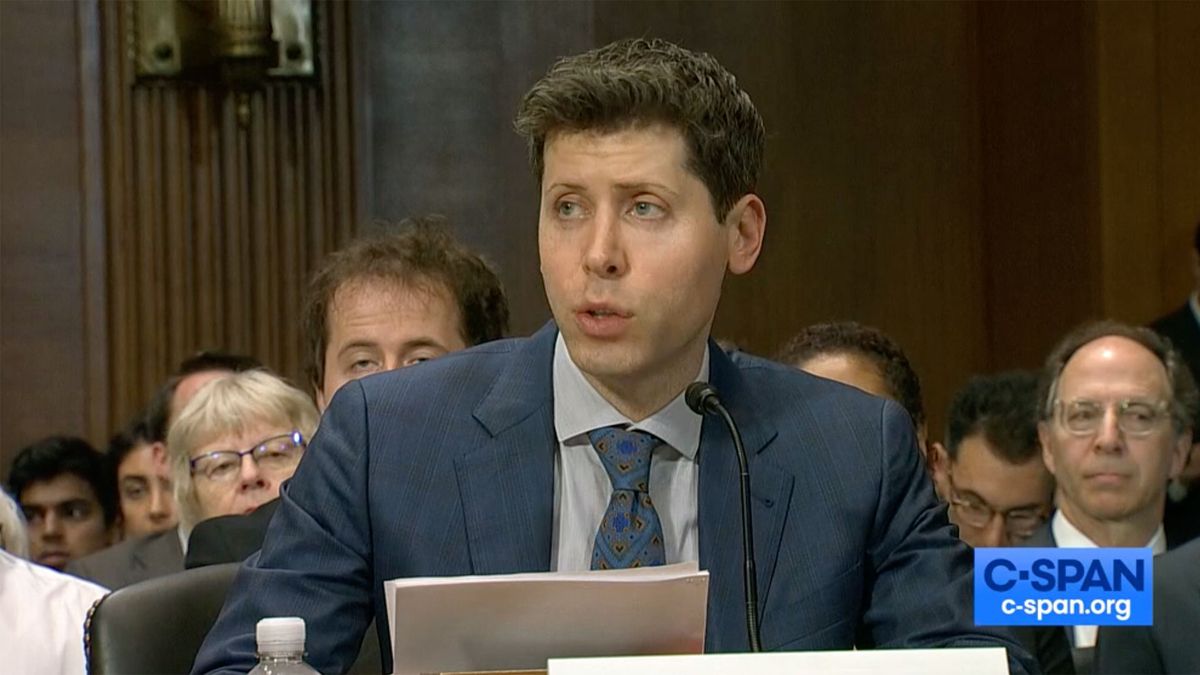Consumers crave seamless digital experiences in mobile apps. An app that lacks trending features, feels clunky, runs slowly, and doesn't protect your data will quickly lead consumers to switch to a rival app.
Therefore, the business case for a strong mobile app offering is a no-brainer. According to eMarketer, mobile app users spend approximately four hours online a day, and a staggering 88% of that time is spent using apps instead of websites. However, meeting consumer demands, staying competitive in the market, and keeping pace with rivals requires a fast and consistent app development process. But for developers, this race is an obstacle. And security implementation often presents significant challenges.
Incompatible priorities
Security is a necessary part of acquiring and keeping customers. However, there is often incompatibility between developers and cybersecurity teams.
Developers want to ship as soon and as often as possible, but see security requirements and cyber equipment as obstacles. For cyber teams, their priority is keeping consumers and the business safe. At the same time, customers are becoming more aware of cybersecurity. Appdome's own UK consumer mobile security expectations survey revealed that almost six in ten (59%) British consumers rated mobile app security as equal to new features in Android and iOS apps. iOS, and a quarter of respondents said mobile app security is more important than features. Consumers no longer just want seamless experiences using a modern mobile app, they also want a secure app.
This underscores the imperative for companies to resolve conflicting priorities and processes between development and cyber teams.
Vice President of Security Products at Appdome.
DevSecOps 2.0: Automation of mobile application protection and threat detection
The answer is Development, Security and Operations (DevSecOps), a process that integrates security initiatives into every stage of software development. The current mobile app release process is plagued by conflicts between mobile development teams and cyber teams. Development teams have invested time and resources into automating the release process as much as possible. In fact, they are focused on increasing the agility and speed of their throws as much as possible. On the other hand, cybersecurity teams are seen as obstacles to this agile process. Especially when security findings are reported at the kickoff meeting. This leads to development teams going to management and requesting risk exception approvals. It is essential to recognize that such risk exceptions increase the likelihood of potential attacks or breaches because the application is not protected in production. Even with a commitment to resolve the security issue in a later release, this opens a window for hackers. But too often organizations are forced to release applications with known security weaknesses because delays can result in significant lost revenue opportunities or simply make the application uncompetitive. The impacts of an attack can be extremely costly and devastating to the company or brand. As discerning consumers seek speed and security, it is clear that finding a solution is imperative for the continued success of the mobile app industry.
The traditional DevSecOps process aims to include automated security testing in the development and deployment process with the intention of streamlining the security review process through the process. The problem with this approach is that development teams often do not have the resources, skills, or knowledge to resolve pipeline findings and may assign a low priority to security since functionality, appearance, and ease of use are the main factors that drive them. In addition to the above, automated security and vulnerability scans are certainly a welcome addition to the DevSecOps model; However, it is important to remember that security scans only address part of the problem, because they cannot be used to “fix” or “remedy” the problem. problem. This is where no-code cyber defense automation is required. Cyber defense automation can be used to create protections in Android and iOS applications to prevent exploits/attacks or remediate security threats or weaknesses in the application that are identified through security scanning or penetration testing.
Using a DevSecOps 2.0 approach, app makers can use mobile app defense automation in the CI/CD process to shift the burden and responsibility of providing necessary protections from the development team to the cyber team. This way, the cybersecurity team can use the same developer best practices to build, test, release, and monitor the protection model in mobile apps on its own, as an equal and independent part of the DevSecOps process.
This allows app makers to maintain a fast and agile release process for their mobile apps, while ensuring that their apps are fully protected and can be easily updated to protect against new threats and attacks. All without the development team doing any additional work.
Traditional DevSecOps is not the answer
When it comes to mobile apps, the current DevSecOps approach doesn't work. The requirement for the traditional DevSecOps process includes automated security testing in the development and deployment process. The idea is that this will simplify the security review process. Although this speeds up the discovery of exploitable vulnerabilities, it does not help implement the necessary protections in the mobile application, leading to cyber and development teams clashing over protections and risk exceptions.
The traditional DevSecOps model limits the cyber team's ability to enforce protections. Basically, all the team can do is review, report, and recommend to the development team which security features should be added. Therefore, the cyber team is totally dependent on the developers to make updates, changes or improvements.
To make matters more complex, developers may not be fully familiar with company security policies or specific cyber threats. Developers may overestimate the security protections provided by app stores or device manufacturers.
Fortunately, innovative technology can solve this dilemma. Using a cyber defense automation tool allows development teams to implement any and all protections required by the security team. Additionally, it allows them to address weaknesses identified through security analysis or penetration testing, without any manual effort or impact on release schedules or workflows.
Defense automation to the rescue
Automating mobile app defense allows cybersecurity teams to have more control over the security model for mobile apps, without requiring resources they don't control (i.e. mobile developers) to do significant work. Mobile app defense automation enables development and cybersecurity teams to work collaboratively by leveraging the continuous integration and continuous delivery (CI/CD) process, using automation to completely remove the deployment burden from the development team. Using cyber defense automation, cybersecurity teams can build, test, launch, and monitor the mobile app security model on their own or allow the development team to implement the security model they prescribe, all from within the automated workflows that developers already use to build. and offer mobile applications today. This approach ensures that application security assessment functions as an integral component outside of the conventional software development lifecycle.
By implementing cyber defense automation in this way, the cyber team takes direct control within the CI/CD process, relieving the development team of any additional workload or the need to navigate the complexities of security requirements. cybersecurity. Consequently, the process runs smoothly, automating the mobile app development process, with built-in security, anti-fraud, and other protective measures. This approach allows both development and cybersecurity teams to effectively meet consumer demands and fulfill their respective responsibilities. No one needs to make the painful compromises that plague traditional mobile app security solutions.
For a development or cyber team, this is a great position. It eliminates a backlog of security findings and accelerates the release of new protections that arise from new tests or reviews, thus eliminating new and old tensions between organizations.
game changer
One of life's natural disputes is between the people who build things and the people who protect them, but automating cyber defense for mobile applications is a revolutionary game-changer. For too long, companies have been using a traditional DevSecOps approach, which has contributed to significant friction.
To stay aligned with consumer expectations and the dynamic marketplace, modern organizations with mobile app offerings must eliminate this major source of tension. However, before achieving this, smooth internal operations are essential. By adopting an innovative automated approach to implementing security features, collaboration replaces disputes, allowing the development team to focus on their core strengths without the need to overcome obstacles.
We have presented the best encryption software.
This article was produced as part of TechRadarPro's Expert Insights channel, where we feature the best and brightest minds in today's tech industry. The views expressed here are those of the author and are not necessarily those of TechRadarPro or Future plc. If you are interested in contributing, find out more here:








